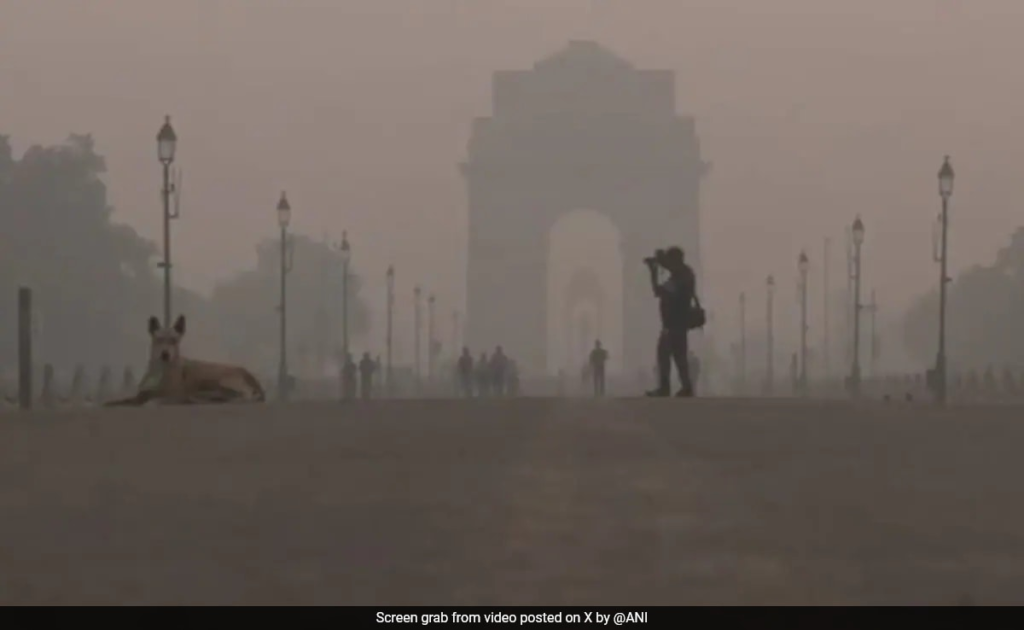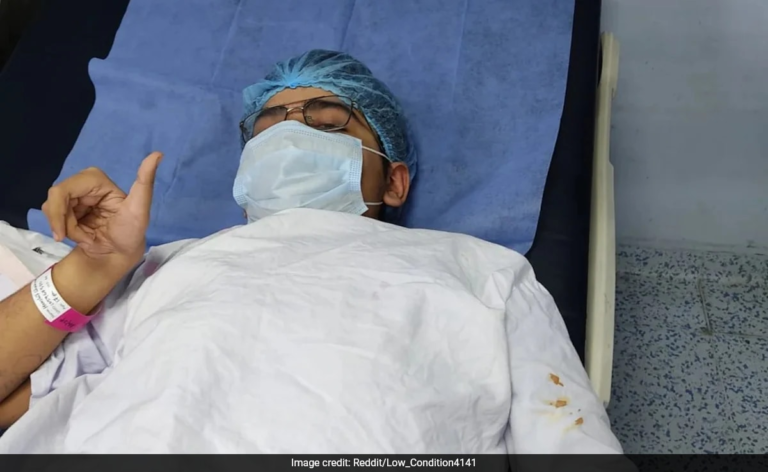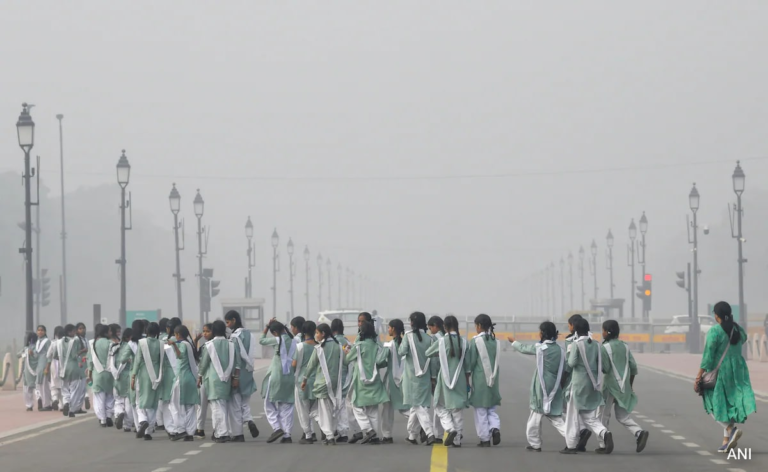
Delhi Chief Minister Atishi announced yesterday staggered timings for government offices.
New Delhi:
Delhi continued to battle a worsening pollution crisis, with its air quality plunging into the ‘severe’ category for a fourth consecutive day. A dense smog has blanketed the city, with the Air Quality Index (AQI) recorded at 406 this morning, according to the Central Pollution Control Board (CPCB). The smog and pollution are causing severe health concerns, including respiratory distress, eye irritation, and heightened risks of cardiovascular complications.
Drone footage from Saturday morning at key locations such as AIIMS and Pragati Maidan shows a layer of smog still lingering in the air. At Pragati Maidan, the AQI stood at 357, a level classified as ‘very poor.’ Other hotspots, including Kalindi Kunj and India Gate, reported AQI levels of 414 and above, putting them in the ‘severe’ category.
Even high-rise buildings in areas like Kalindi Kunj appeared shrouded in a gray haze, while parts of the Yamuna river near Okhla Barrage were covered with toxic foam.
#WATCH | Delhi continues to be covered in a blanket of smog in the mornings as the Air Quality Index (AQI) continues to be in ‘Severe’ category in several areas as per the Central Pollution Control Board (CPCB)
(Drone visuals from Signature Bridge shot at 8:45 am) pic.twitter.com/q6uMZdQHhU
— ANI (@ANI) November 16, 2024
As toxic smog blankets India’s capital, the Delhi government has implemented stringent measures to curb pollution under Stage III of the Graded Response Action Plan (GRAP).
The government has banned the operation of BS-III petrol and BS-IV diesel four-wheelers across the national capital. Violators will face penalties under Section 194(1) of the Motor Vehicle Act, 1988, which translates to a fine of Rs 20,000.
Additional vehicle-related restrictions include prohibition of diesel-operated Medium Goods Vehicles (MGVs) of BS-III standards or below within Delhi, unless transporting essential goods or services.
Restrictions have been implemented for diesel Light Commercial Vehicles (LCVs) registered outside Delhi, with exceptions for essential services. A ban has been imposed on interstate buses, except for those powered by electric, CNG, or BS-VI diesel engines, unless operating under an All India Tourist Permit.
Graded Response Action Plan (GRAP-III)
GRAP-III, enacted by the Commission for Air Quality Management (CAQM), brings a suite of interventions to combat severe pollution. These include:
Intensified road sweeping and water sprinkling, especially on heavy traffic corridors and pollution hotspots.
A complete ban on demolition, earth excavation, and transportation of construction waste.
Enhanced public transport services, including the deployment of 106 additional shuttle buses and increased metro train trips.
Staggered Office Timings
Delhi Chief Minister Atishi announced yesterday staggered timings for government offices in the city to ease traffic congestion given the pollution levels. Under the schedule, central government offices will operate from 9 am to 5:30 pm, Delhi government offices from 10 am to 6:30 pm, and the Municipal Corporation of Delhi (MCD) offices from 8:30 am to 5 pm.
Delhi LG VK Saxena issued a note approving the staggered government office timings till February 2025, expressing dissatisfaction that a measure that should have been in place as a pre-emptive step was implemented with a delay of several days.
Schools for children up to Class 5 will transition to online learning after the weekend. Private construction and demolition activities are suspended, while government projects deemed essential will continue. Transport department teams, with 280 personnel, have been deployed to enforce these measures.




